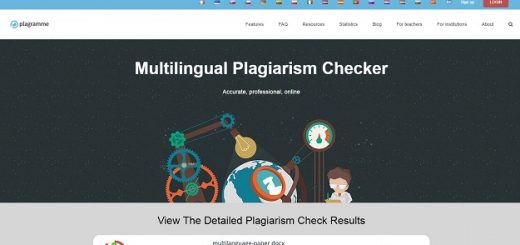A useful tool is equivalent to a boon for the designer and for the web developer as well. Having good efficient tools and useful resources make web development easier and save hard endeavors as well. In this article we have listed down 20 Fresh and Useful tools for web developers and designers. We hope that these tools will make your work easier and allow you to complete your work faster. If you are aware of useful web tools which has been released recently you can let us know by posting a comment in comment box, we would love to hear from you. We hope you will find the list handy and useful for your upcoming projects and development tasks. Enjoy !
1. RethinkDB
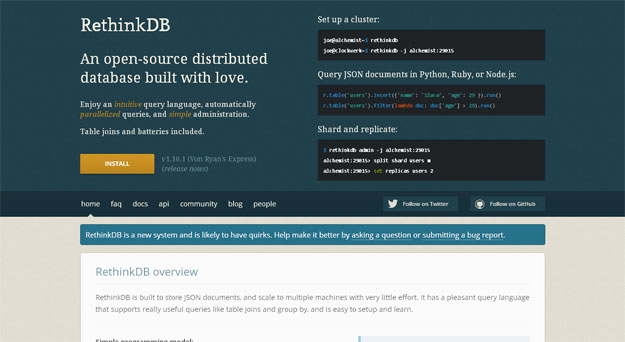
RethinkDB is an open-source distributed database built with love. You can enjoy an intuitive query language, automatically parallelized queries, and simple administration. RethinkDB is a great choice if you need flexible schemas, value ease of use, and are planning to run anywhere from a single node to a sixteen-node cluster.
RethinkDB is built to store JSON documents, and scale to multiple machines with very little effort. It has a pleasant query language that supports really useful queries like table joins and group by, and is easy to setup and learn.
2. Font Combiner
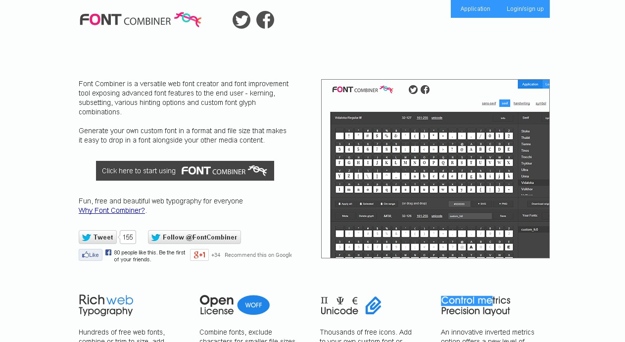
Font Combiner is a versatile web font creator and font improvement tool exposing advanced font features to the end user – kerning, subsetting, various hinting options and custom font glyph combinations. Font Combiner lets you generate your own custom font in a format and file size that makes it easy to drop in a font alongside your other media content.
3. qSnap
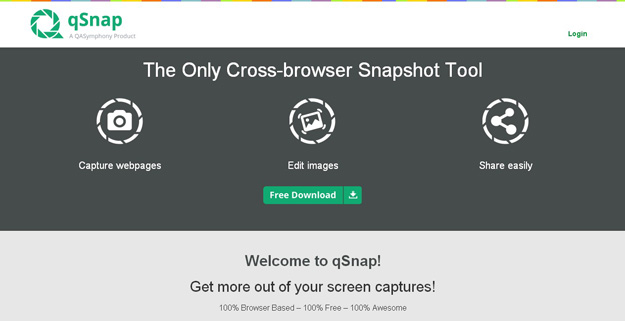
qSnap lets you take awesome screenshots and supports almost all major browsers. You can choose to select to capture the visible part or the full screen. Once captured, a built-in editor can be used to edit it (crop, resize..). Also, with a free membership, qSnap simplifies sharing the screenshot(s) with others.
4. Responsive Comments

ResponsiveComments is a client-side solution for conditional loading in responsive web design. It uses the data attributes for defining the breakpoints and the HTML comments for hiding the content to be displayed on a defined screen-size. The approach comes with pros and cons where the biggest advantage is “being a quick solution, easier JavaScript manipulation” and the major disadvantage is the HTML-bloat.
5. Ghostery
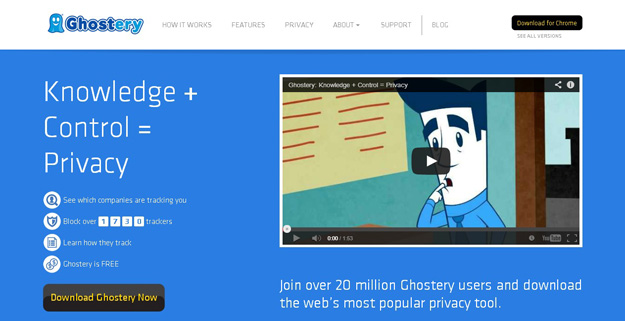
Ghostery is a free browser extension that informs us about these scripts on every page. And, besides informing, it allows us to block them too and this can be made categorically or item-by-item. As a web user, such a plugin is so nice. And, as a web developer, it is great as we can instantly see which website uses which scripts or enable/disable them to see how sites behave for debugging purposes. Ghostery is available for all major browsers and even for mobile.
6. Pizza Pie Charts

Pizza Pie Charts is a responsive Pie chart based on the Snap SVG framework from Adobe. It focuses on easy integration via HTML markup and CSS instead of JavaScript objects, although you can pass JavaScript objects to Pizza as well. You can deliver pie charts to any device with Pizza. Your pie will be steaming hot with SVG so that it looks good on retina devices and HiDPI devices.
7. FileAPI
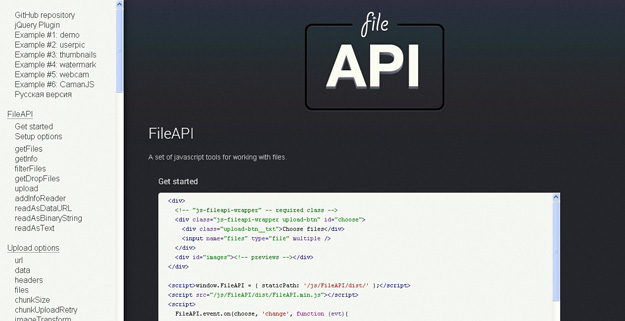
FileAPI is a huge set of JavaScript tools for almost anything related to working with files. It provides the features for file uploading (single/multiple) with drag ‘n’ drop support, image cropping, resizing , applying filters, getting file info and much more. The tools are standalone and comes with a PHP class that handles the actions on the server-side. Also, there are Flash fallbacks for unsupported browsers (uploads and camera). And, it is documented in detail.
8. Marvel App
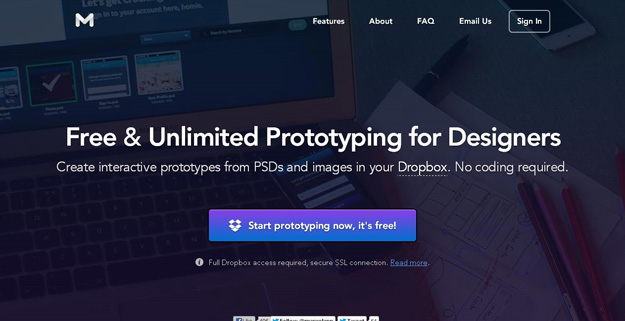
Marvel App is a really simple tool that turns images and design files into interactive, sharable prototypes without needing to get your hands dirty with coding. Prototypes can be created in a few clicks and work on any device with a browser, including mobile, desktop, TV and games consoles.
The beauty of Marvel is that it’s completely powered by Dropbox, meaning that every change to your image is synced to the prototype. You’ll never have to keep reuploading files every time you tweak the design, Marvel just does its job and gets out of the way.
9. Adobe Edge Web Fonts
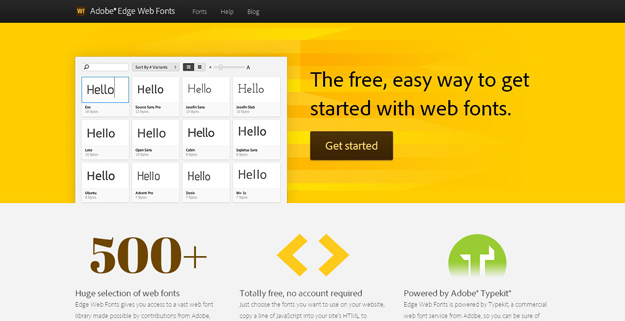
Adobe has announced a new Edge Web Fonts website that makes it easier than ever to browse the Edge Web Fonts library, find the perfect font, and start using it in your website within a matter of seconds – for free. You can now browse across the entire library, narrowing your search with filters for classification, recommended use, typographic properties, and language support.
10. Snazzy Maps
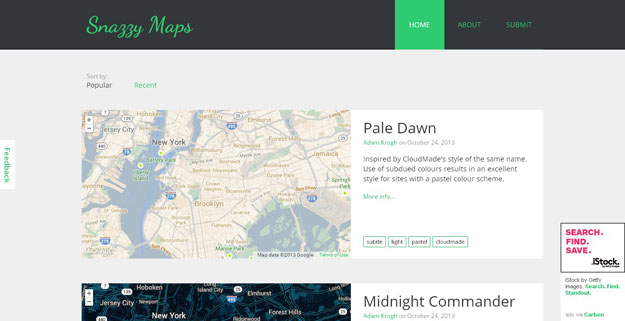
Snazzy Maps is a website which shares many Google Maps styles freely. There are already 20+ styles and, once clicked, the JavaScript array for the style is displayed and can be downloaded.
11. Pattern Lab
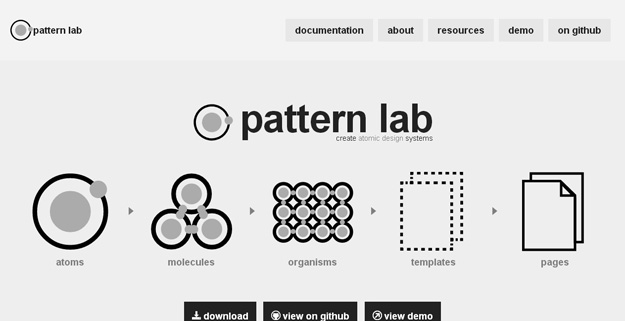
There are impressive frontend frameworks around like Bootstrap, Foundation or Maxmertkit. Pattern Lab, although having similar features, is not one of them. It is more a framework for front-end frameworks, a PHP-powered static site generator or your project’s pattern library and frontend style guide. The tool comes with all the base styles for common scenarios like forms, lists, tables, responsive grid and more. But it doesn’t interfere the design at all and leaves it all to you.
12. Redux
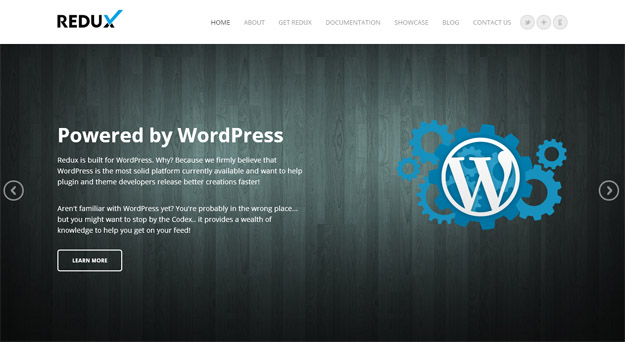
Redux is a simple, truly extensible options framework for WordPress themes and plugins. Redux is built on the WordPress Settings API and supports a multitude of field types as well as custom error handling, custom field & validation types, and import/export functionality.
13. Ink
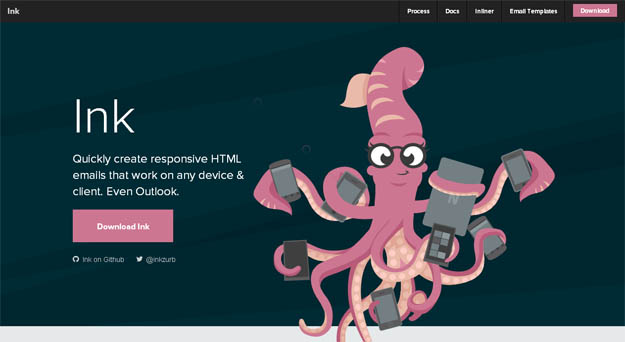
Ink helps you quickly create responsive HTML emails that work on any device & client. You can reach out your tentacles to a broad range of people who subscribe to your emails. The CSS framework helps you craft HTML emails that can be read anywhere on any device.
Gone are the days where you had to choose between Outlook and email optimized for smartphones and tablets. Ink’s responsive, 12-column grid blends flexibility and stability so your readers can view your emails perfectly from wherever they may be.
14. Colourcode

Colourcode is outstanding app which offers a very original-yet-easy way of creating them. The color schemes are generated with the mouse location/movements and multiple options exist for setting the scheme type: monochrome (with light/dark grey), analogic, triad and more.
15. Code Beautify
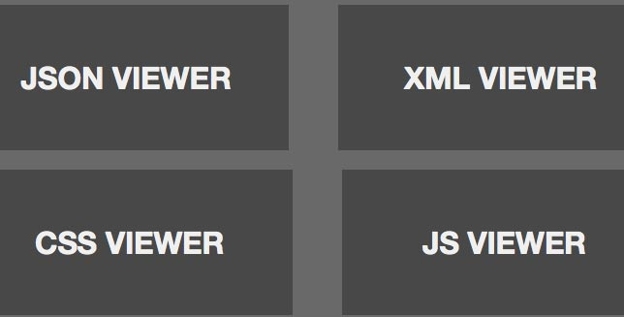
Code Beautify makes it easier to read a variety of programming languages in a more human-friendly format. Code Beautifier is a web application which is handy in beautifying the code and has a pack of formatters including HTM, JSON, XML, CSS or JavaScript. It also includes converters like JSON-to-XML, XML-to-JSON, CSV-to-JSON/XML and more.
16. Kite
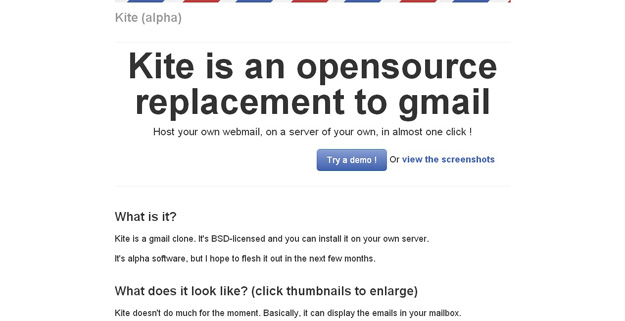
Kite is an opensource replacement to Gmail. Kite is a webmail designed to look a lot like gmail and to be easily deployable on a single server. It’s written in Javascript with Angularjs for the frontend, and in Python 2 for the backend. It is released under BSD-license.
Kite is still very much alpha software : it can only display individual messages. He hopes to get something a lot more useable in the next few months, though. He’ll start with threading, gmail-style, and the old school compose. Please feel free to fork it on GitHub and modify it as you like.
17. Web.go
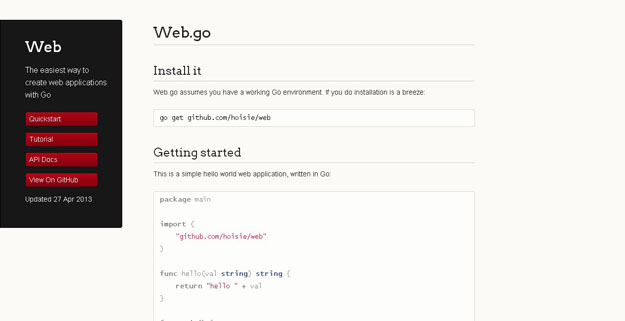
Web.go is an easy way to create web applications using Go, a lightweight web app framework that doesn’t impose any kind of scaffolding on the user. It’s great for creating simple, performant backend web services.
18. Animatorn
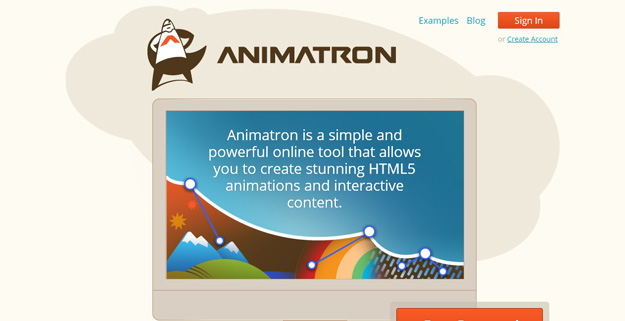
Animatron is an online tool for creating HTML5 animations and interactive content right in your browser. It lets you collaborate with other users, import artwork, create custom shapes, draw directly within the tool, and much more. Use the intuitive Animatron Editor to design and publish movies, banners, and infographics that play everywhere, from desktop browsers to mobile devices. No coding necessary – what you see is what you get.
19. RocksDB
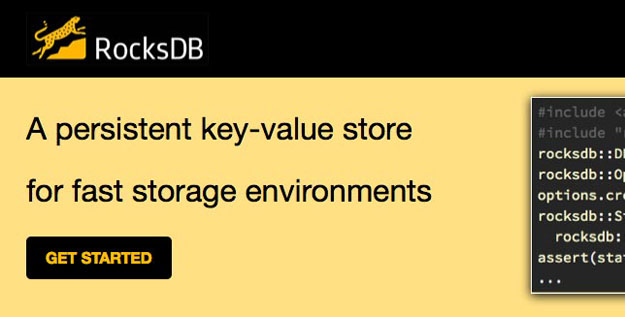
RocksDB is a persistent key-value store for fast storage environments that builds on LevelDB for scalability across multi-core servers. It’s embeddable, but can also be used as the foundation for a client-server database.
20. CSVfix
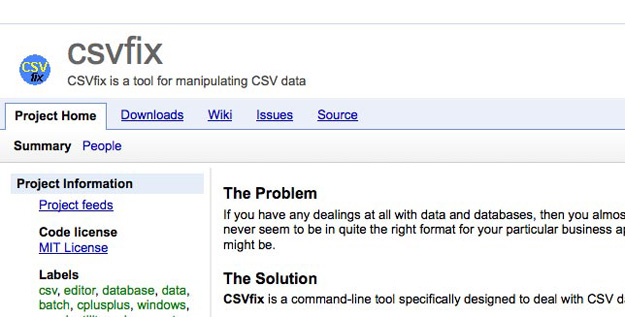
CSVfix simplifies the process of manipulating CSV data right from the command line to fit your particular application. It lets you reformat data, filter out duplicates, validate against a collection of rules, and much more.

